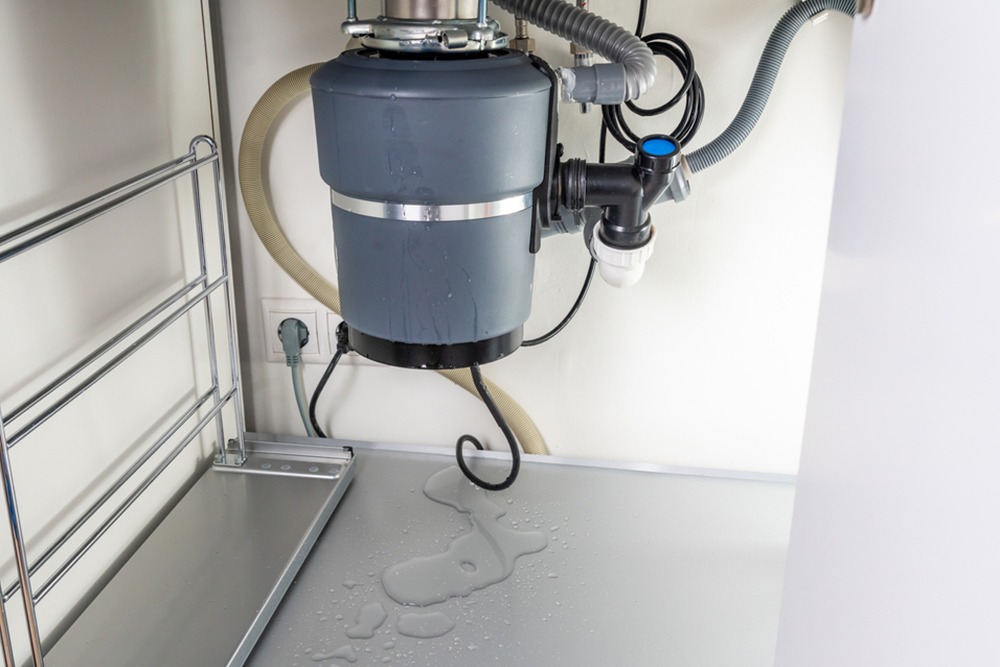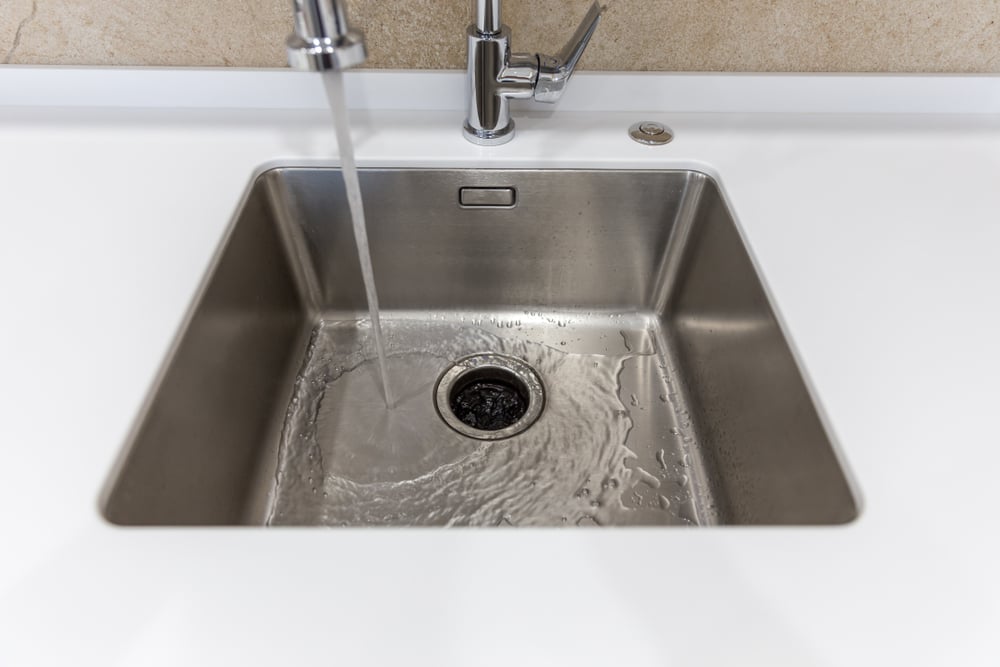Just how do you really feel on the subject of How to fix a pretty consistent leak from my garbage disposal?

Waste disposal unit are essential kitchen area home appliances that help in disposing of food waste successfully. Nonetheless, a leaking garbage disposal can be an aggravating and untidy trouble to take care of. Thankfully, lots of leakages can be fixed easily with a few easy actions. In this article, we will certainly talk about how to fix a leaking garbage disposal properly.
Introduction
Waste disposal unit are set up under cooking area sinks and are made to shred food waste into smaller pieces, permitting it to go through the plumbing system easily. While these devices are typically reputable, leakages can occur gradually because of damage, loose links, or damage to the device.
Step-by-Step Overview to Taking Care Of a Dripping Garbage Disposal
Switch off the Power
Before attempting any fixings, guarantee that the power to the waste disposal unit unit is turned off to avoid the risk of electric shock.
Find the Leak
Identify the specific place of the leakage and figure out the reason
Tighten Links
Utilize a wrench to tighten any loosened links in between the disposal device and the plumbing system.
Change Seals or Gaskets
If the leakage results from worn seals or gaskets, remove the old parts and change them with new ones.
Patching Fractures or Openings
For cracks or openings in the disposal device, use epoxy or an ideal patching product to seal the damaged location.
Determining the Source of the Leakage
Prior to attempting to take care of a dripping waste disposal unit, it is important to recognize the resource of the leakage. This can usually be done through aesthetic assessment or by conducting simple tests.
Visual Evaluation
Inspect the garbage disposal system very carefully for any type of indicators of water leak. Pay close attention to locations around seals, gaskets, and connection factors.
Examining for Leaks
One method to examine for leaks is by running water with the disposal system and looking for any kind of noticeable signs of leakage.
Common Sources Of Leaks in Rubbish Disposals
Worn Seals and Gaskets
Seals and gaskets play a critical function in avoiding water from leaking out of the waste disposal unit. With time, these elements can weaken, leading to leakages around the disposal unit.
Loose Links
The links in between the waste disposal unit and the pipes system can end up being loosened over time, causing water to leak out during operation.
Splits or Openings in the Disposal Device
Physical damage to the waste disposal unit, such as fractures or openings in the housing, can likewise cause leakages.
Tools and Materials Needed for Dealing With a Leaking Garbage Disposal
Before beginning the repair process, gather the necessary tools and materials, consisting of a screwdriver, adjustable wrench, plumber's putty, substitute seals or gaskets, and epoxy or patching material for repairing splits or openings.
Examining the Garbage Disposal After Fixing
As soon as the repair work is total, evaluate the garbage disposal by running water via it to make certain that the leakage has been fixed.
Preventive Maintenance Tips to Stay Clear Of Future Leakages
To prevent future leakages, it is vital to do regular maintenance on your garbage disposal. This consists of maintaining it clean, preventing placing non-food items or hard things down the disposal, and regularly looking for leakages or various other concerns.
Final thought
In conclusion, repairing a leaking waste disposal unit is a fairly straightforward procedure that can be finished with fundamental tools and products. By adhering to the actions outlined in this short article and exercising precautionary upkeep, you can keep your garbage disposal in good working condition and avoid costly repair work in the future.
What to Do About a Leaking Garbage Disposal
A leaking garbage disposal often goes unnoticed until you confront a sopping cabinet, a foul-smelling puddle, or an audible drip-drip-drip from the unit. The fix can be frustrating, too, because the leak can stem from a number of components in the system. Fortunately, with a little sleuthing, you can zero in on the leak and—depending on the exact location—stop the icky oozing and repair the component that caused it. Worst case scenario, if it turns out that the garbage disposal must be replaced, installing a new one is a reasonable do-it-yourself task for those with basic plumbing skills. Read on to keep the cash you’d otherwise hand over to a pro.
Prepare to find the leak
Prior to testing the garbage disposal for leaks, unplug it at the wall outlet and turn off the power from the breaker box to prevent electrical shock. Then insert a watertight sink stopper into your sink drain and wipe the unit dry with a clean cloth. In any handy container, mix a few drops of food coloring into a few cups of water, and pour the dyed water onto the sink stopper to help you locate the leak.
Investigate the source
the top, where the disposal meets the sink drain the side, where the dishwasher hose or main drain pipe connects to the disposal or the bottom of the unit Inspect each of these locations while gliding a light-colored rag over the unit; the dyed water will readily show on the rag and reveal the location of the leak. If a leak isn’t immediately apparent, remove the sink stopper and pour a few more cups of dyed water down the sink drain, then check for leaks again. Leaks near the top of the unit are more likely to show themselves while the sink is plugged, while side and bottom leaks are more noticeable while the sink is unplugged.
The metal sink flange that sits directly inside the sink drain is typically sealed around the top with plumber’s putty (a clay-like sealant) and then secured from under the sink with bolts. If the plumber’s putty deteriorates, or the bolts loosen, the flange can no longer form a watertight seal between the sink drain and the disposal—which could cause a leak at the top of the unit.
To reseal the leaky flange, you must first detach the garbage disposal. Start by loosening the screws securing the main drain pipe to the disposal, then loosen the screws in the metal clamp securing the dishwasher hose to the disposal and detach the drain pipe and dishwasher hose from the disposal. Loosen the screws in the mounting ring that connects the disposal to the metal mounting assembly beneath the sink, then pull down the disposal and carefully set it on a clean, dry surface. Loosen the bolts in the mounting assembly with a wrench, then pull down the mounting assembly and set it near the disposal.

Do you enjoy reading about How to fix a pretty consistent leak from my garbage disposal? Leave a remark further down. We would be delighted to see your responses about this blog. Hoping to see you back again soon. Sharing is good. Who knows, you may just be helping someone out. Thank-you for going through it.
Top Article